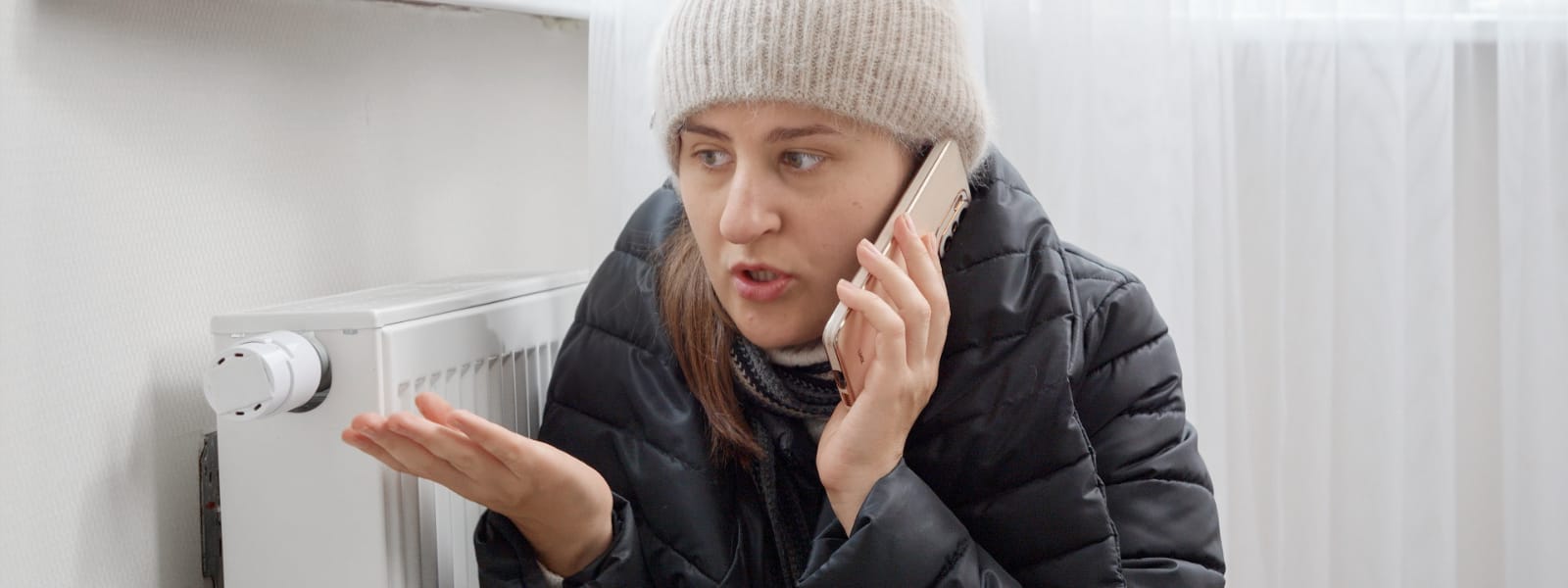Your HVAC Is Burning Money—Here’s How to Stop It
Your energy bill is creeping higher. Maybe it’s skyrocketing. You’re using the same HVAC system, the same settings, but somehow, you’re paying more. That’s not just inflation—it’s inefficiency. Your home is losing energy. Your system is working harder than it should. And every month, you’re handing over cash for wasted heating and cooling.
The worst part? You probably don’t even realize it. That’s where State Automatic can help.
Small, everyday habits are silently draining your wallet. Running your HVAC too long. Setting your thermostat wrong. Letting air escape through leaks and cracks. It adds up—fast. But the good news? A few simple adjustments can slash your energy bill, boost efficiency, and keep your home perfectly comfortable in every season.
Here’s how to use smart energy-saving tips for hot and cold weather to take back control.
The Secret to Lower Bills: Your HVAC Doesn’t Have to Work So Hard

Heating and cooling are your home’s biggest energy hogs. They account for nearly 50% of your total energy use. That means if you can make your HVAC run more efficiently, you’ll see a serious drop in costs.
The trick? Your system shouldn’t have to fight against your home. If your home is leaking warm air in the winter or letting heat pour in during the summer, your HVAC is battling an uphill fight. You’re paying for lost energy.
Fix this, and you keep the air you pay for. You reduce strain on your system. You get longer lifespan, better performance, and lower bills—without sacrificing comfort.
Let’s break it down by season.
SUMMER: STOP THE HEAT BEFORE IT TAKES OVER
The temperature is climbing. Your AC is running nonstop. But why does your house still feel warm? It’s because the heat is sneaking in—through windows, doors, and unsealed gaps.
Want lower cooling bills? Block the heat before your AC has to fight it.
First, close your blinds. Sunlight blasting through your windows isn’t just bright—it’s adding up to 30% more heat inside. Keeping shades down during peak sunlight hours can drop indoor temps by 10 to 15 degrees.
Second, seal the gaps. Tiny cracks around doors and windows let hot air seep in. Caulking and weatherstripping are cheap fixes that cut cooling costs by up to 20%.
Third, adjust your thermostat the right way. Setting your AC to 72°F all day is draining your bank account. Instead, aim for 78°F when you’re home and 85°F when you’re away. If that sounds high, remember—fans make a difference. A ceiling fan running counterclockwise helps circulate cool air, making your home feel up to 4 degrees cooler without touching the thermostat.
Fourth, schedule an AC tune-up. A well-maintained system doesn’t just perform better—it uses up to 15% less energy. Dirty coils, clogged filters, and low refrigerant levels force your AC to work harder than necessary. Routine maintenance keeps it running at peak efficiency and prevents mid-summer breakdowns.
Your AC should be working with your home, not against it. Fix these energy leaks, and your cooling bill drops fast.
WINTER: LOCK IN HEAT—DON’T LET IT ESCAPE
Cold air is sneaky. It finds the weakest spots in your home—drafty windows, poorly insulated walls, unsealed vents—and it seeps in. Your heater fights back, running longer, pushing harder. Your bill climbs higher.
But it doesn’t have to. You don’t need to crank up the heat—you need to keep warm air inside.
First, reverse your ceiling fans. Sounds small, but it works. Running your fans clockwise in winter pushes warm air down, keeping rooms 5% warmer without adjusting the thermostat.
Second, set your thermostat strategically. The Department of Energy recommends 68°F when you’re home and awake, 60°F when you’re asleep or out. Lowering it just 7-10 degrees for 8 hours a day can cut heating costs by 10%.
Third, use a humidifier. Dry air feels colder than humid air. That’s why winter air feels biting, even at moderate temps. A humidifier keeps moisture levels balanced, so your home feels warmer without needing extra heat.
Fourth, insulate everything. Your attic, crawl spaces, pipes—heat loss in these areas accounts for up to 25% of wasted energy. A few rolls of insulation can pay for themselves in energy savings within a single season.
Last, keep your vents and filters clean. Dust buildup blocks airflow, making your system work overtime. Replacing your filter every 1-3 months keeps airflow smooth and energy use low.
Your heater isn’t weak. Your home is just losing too much heat. Seal it in, and your system runs better for less.
THE #1 MISTAKE HOMEOWNERS MAKE—AND HOW TO FIX IT
Ignoring your HVAC. That’s the mistake.
Your system isn’t designed to run forever without maintenance. It needs tuning, adjusting, and optimizing—just like a car. You wouldn’t skip oil changes and expect your engine to last. So why are you expecting your HVAC to work flawlessly without a check-up?
Regular maintenance saves up to 30% on energy costs by keeping your system running efficiently. It prevents surprise breakdowns. It extends the life of your unit—saving you from replacing it years too soon.
And most importantly? It keeps your home comfortable without wasting money.
STOP WASTING ENERGY. START SAVING MONEY.
Your home doesn’t have to be an energy drain. Small changes add up. Adjust your thermostat. Seal air leaks. Block summer heat. Trap winter warmth. And most importantly—take care of your HVAC system before it breaks down.
A well-maintained system isn’t just efficient. It’s reliable. It’s cost-effective. It keeps you comfortable without crushing your budget.
Stop overpaying for wasted energy. Call State Automatic at 630-326-6330 today and schedule your seasonal HVAC tune-up. Your wallet—and your home—will thank you.
